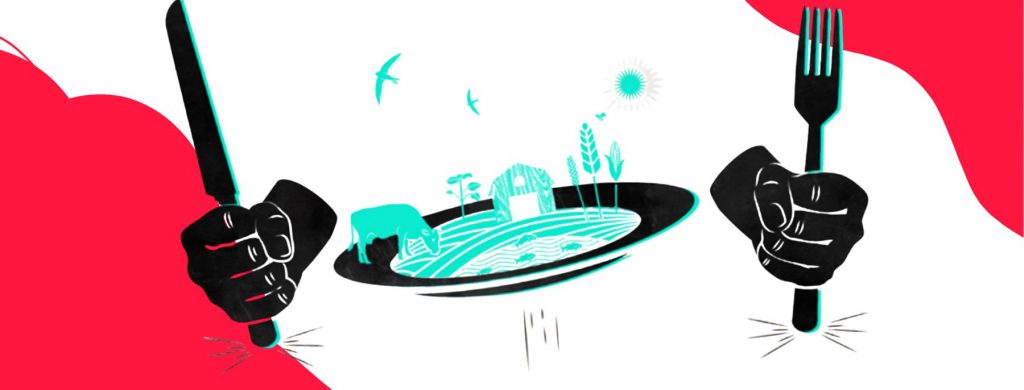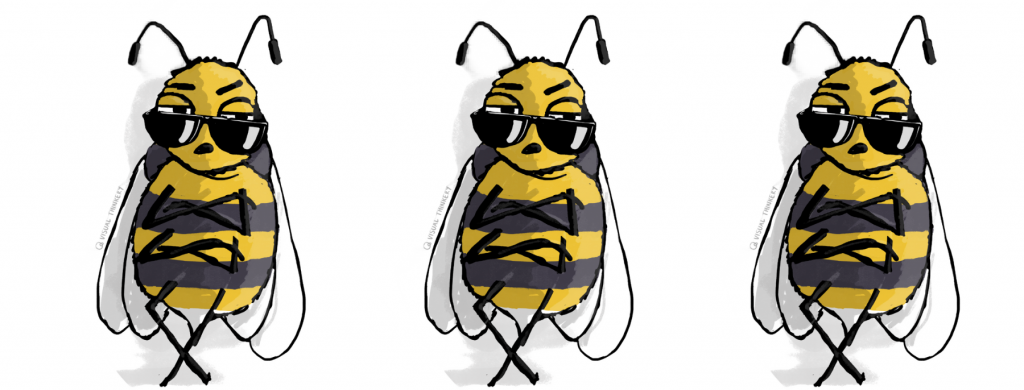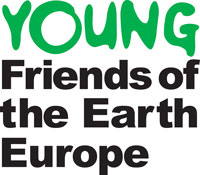EU governments are being held back from testing imports of soybeans and rapeseed from North America for GMOs because the European Commission has failed to develop testing methods. This is putting our food and farming at risk, according to new research released today.
According to documents obtained by Friends of the Earth Europe and Corporate Europe Observatory, EU governments are currently unable to test food and feed imports for a new generation of GM foods (known as GMO 2.0) due to the lack of EU testing protocols. [1] In April 2017 the European Commission’s food safety branch – DG Sante – blocked research into the testing of these GMOs, meaning soybean and rapeseed from North America containing illegal GMOs could be entering the EU. [2]
Correspondence between member states and the European Commission obtained using Freedom of Information requests, together with official documents and separate statements from national governments reveal that:
- National authorities cannot control if imports of seeds, food and feed contain unauthorised new GMOs
- Food and feed imports of Canadian rapeseed and US soybeans are at the highest risk of being contaminated with unauthorised GMOs [3]
- Governments are ready to fulfil their legal duties and test imported food, feed and seeds as soon as the European Commission delivers testing methods
- However, the European Commission has stepped back from coordinating a process to update the import controls for GMO 2.0, including testing, with no clear path forward. [4]
Mute Schimpf, food and farming campaigner at Friends of the Earth Europe said: “The public and the environment are being put at risk because the European Commission has failed to follow EU law and develop testing methods for new genetically modified foods. There is an urgent need to prevent farmers accidentally planting GM seeds in Europe and to reassure citizens that they are not inadvertently eating unapproved and untested GM foods.”‘
In July 2018 the European Court of Justice ruled that GMO 2.0 are covered by EU food safety law, and so must be subject to a range of measures including regular control and testing of imports.
A year on from the ruling, Friends of the Earth Europe is demanding the European Commission immediately identify testing methods to guarantee that the environment and citizens are not being exposed to unapproved and untested imports of GMOs.
***
Notes:
[1] Communications between DG Sante and national officials, together with contacts with national authorities in two countries, reveal that a number of countries, including Finland, France, Spain, Ireland, Denmark, the UK, Lithuania, Romania, Austria, Poland, and Bulgaria all state that they cannot test for the new GMOs due to a lack of EU testing methods.EU rules require that any GMO authorised for import into the EU must be accompanied by a testing method. Some GMOs can be easily tested for, while others are complicated or even impossible. Nevertheless, control and testing of imports is a legal obligation for the Commission (Art 9,3 regulation 1830/2003), which French officials reminded the EU Commission of in the correspondence.
Moreover, the case for testing is strong. French, Dutch and Bulgarian officials underlined that many, if not most, of the new GMOs can be tested. Researchers from the EU’s Joint Research Centre clarified in 2017 that checking authorisations, patent applications and other information to apply a targeted approach for testing on imports delivers the best results.
[2] In April 2017, DG Sante blocked the work on testing methods to detect new GMO 2.0 at an expert meeting with national officials (The European Network of GMO Laboratories – ENGL, plays an prominent role in the development, harmonisation and standardisation of means and methods for sampling, detection, identification and quantification of Genetically Modified Organisms). Minutes from ENGL meeting in April 2017:“It was remarked that the ENGL could play a role in the discussion on detectability of new organisms generated with new techniques. SANTE explained that the ENGL is a very important network, but that the Commission decided to have a more open debate on this issue looking into the future from a broader perspective”
[3] Based on publicly available information, two plants produced with GMO 2.0 techniques are grown commercially in Canada and the USA – a gene-edited rapeseed called Cibus and a soybean called Calyxte.The European Commission has had to deal with the import of unapproved GMOs before – in 2006 unauthorised GM rice developed by Bayer entered the EU. The Commission came up with a testing protocol and only imports with certificates proving that they did not contain the illegal GM rice could enter the EU. ‘Member States shall allow the first placing on the market of the products referred to in Article 1 only where an original analytical report based on a suitable and validated method for detection of genetically modified rice ‘LL RICE 601’ and issued by an accredited laboratory accompanying the consignment demonstrates that the product does not contain genetically modified rice ‘LL RICE 601’. EU Commission decision 2006/3932
The same approach was applied in a similar case with illegal GM linseed from Canada.
[4] After the ECJ Ruling, DG Sante decided that there was no need for a roadmap to implement the ruling. (Meeting with national representatives on 11 Sep 2018, see point A.08)







